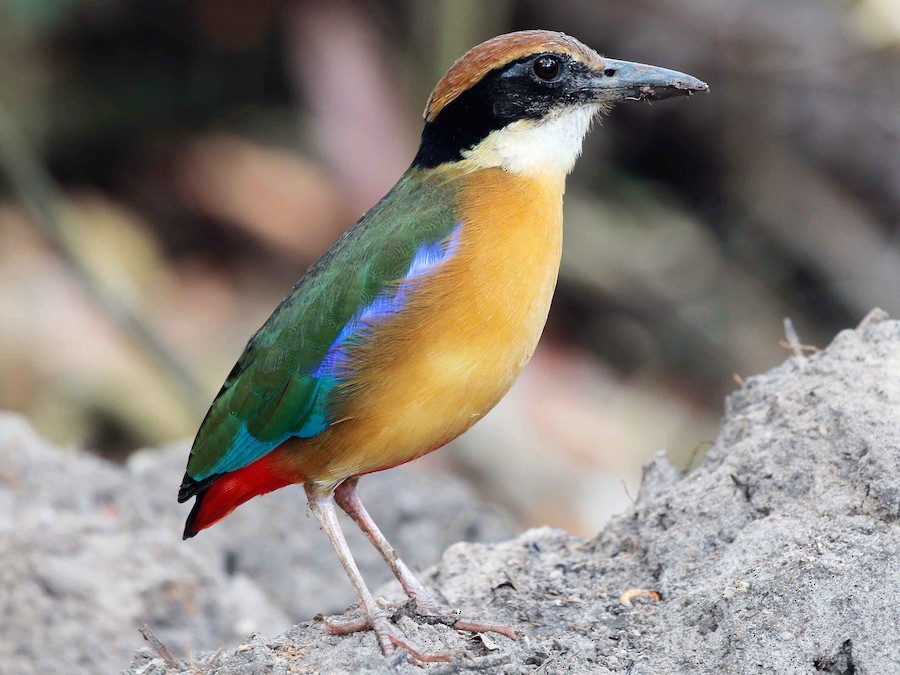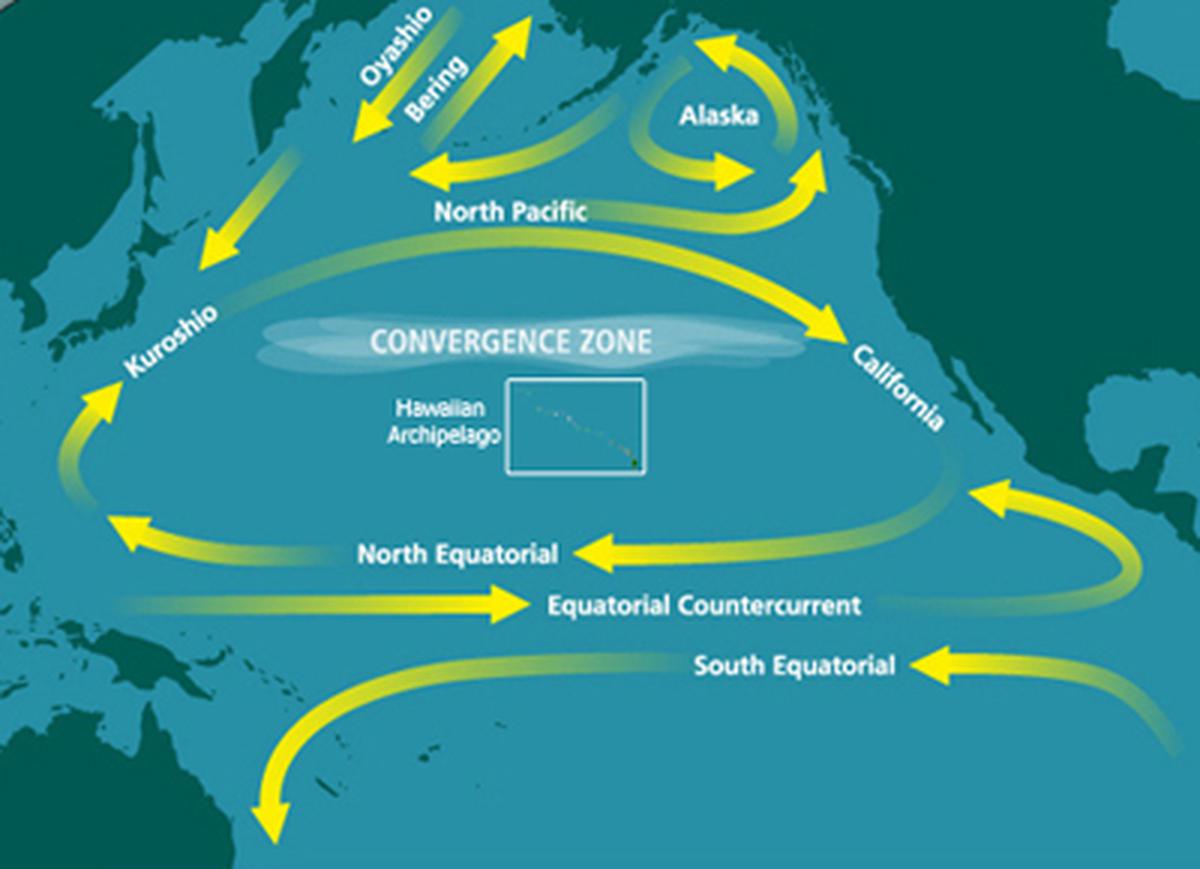7667766266
enquiry@shankarias.in
First-ever census finds 179 mangrove pitta birds in two coastal Odisha districts.

Union Minister of Science & Technology launched the Yuva Portal.
The Ministry of Tribal Affairs, Government of India has introduced a new scheme, PTP-NER.
Scientists have reported that the plastic trash has given rise to a previously unknown type of ocean community.
Great Pacific Garbage Patch
Pelagic species are those that inhabit the water column (not near the bottom or the shore) of coasts, open oceans, and lakes.

Every year on April 18, people celebrate World Heritage Day, also known as the International Day for Monuments and Sites.